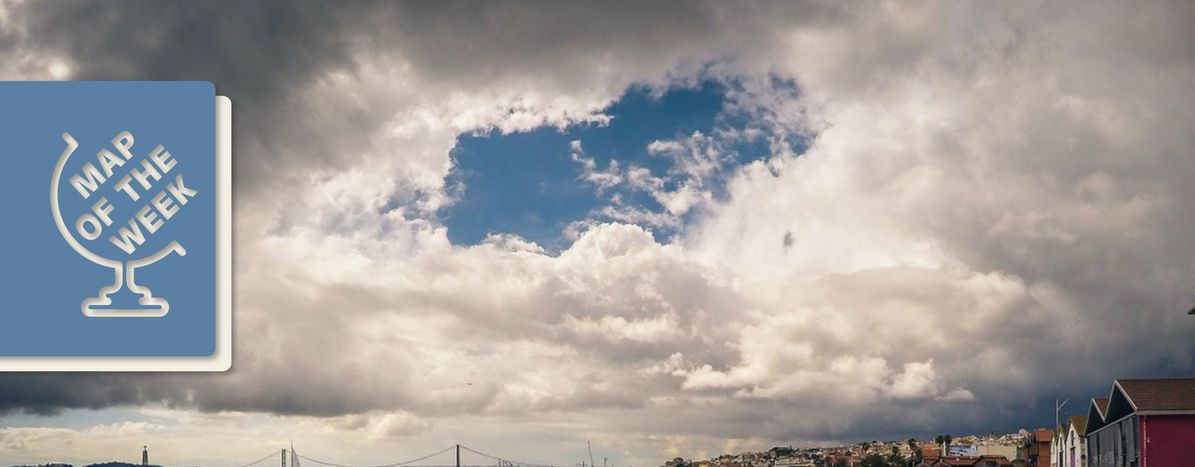
Map of the Week: Europe is getting greener
Published on
Most of Europe was scorching last week, but new scientific evidence presented to the United Nations suggests that we've made great progress in limiting the damage to our planet.
They say waiting for a piece of good news is like waiting for a bus. You wait for ages for one, and then they all turn up at once. Last week we found that poverty affects fewer people than ever before, and now it seems that our environment is in a much better condition than you might have thought.
According to data presented to the United Nations Framework Convention on Climate Change, greenhouse gas emissions across all 28 EU member states dropped by an average of 23% between 1990 and 2014. Considering the EU’s target was to reduce emissions by 20% by the year 2020, we’re well ahead of schedule.
The biggest decrease came from Lithuania, which went from producing 47 million tonnes of CO2 in 1990 to just 19 million in 2014 thanks to policies like a major reforestation effort and tighter regulation of pesticides. The lowest polluter in 2014 was Malta, producing only 3 million tonnes of CO2, while Germany was the highest with 969 million tonnes. This data isn't weighted to account for different population sizes, so some countries will obviously have an advantage over others.
The drop in greenhouse gases is great in and of itself, but there's also further evidence that the planet is in better shape. Last month a team of scientists at MIT found that after nearly three decades, the hole in the Earth’s ozone layer (caused by man-made emissions) has shrunk by 4 million square kilometres (or roughly the size of India).
Source: Eurostat
---



